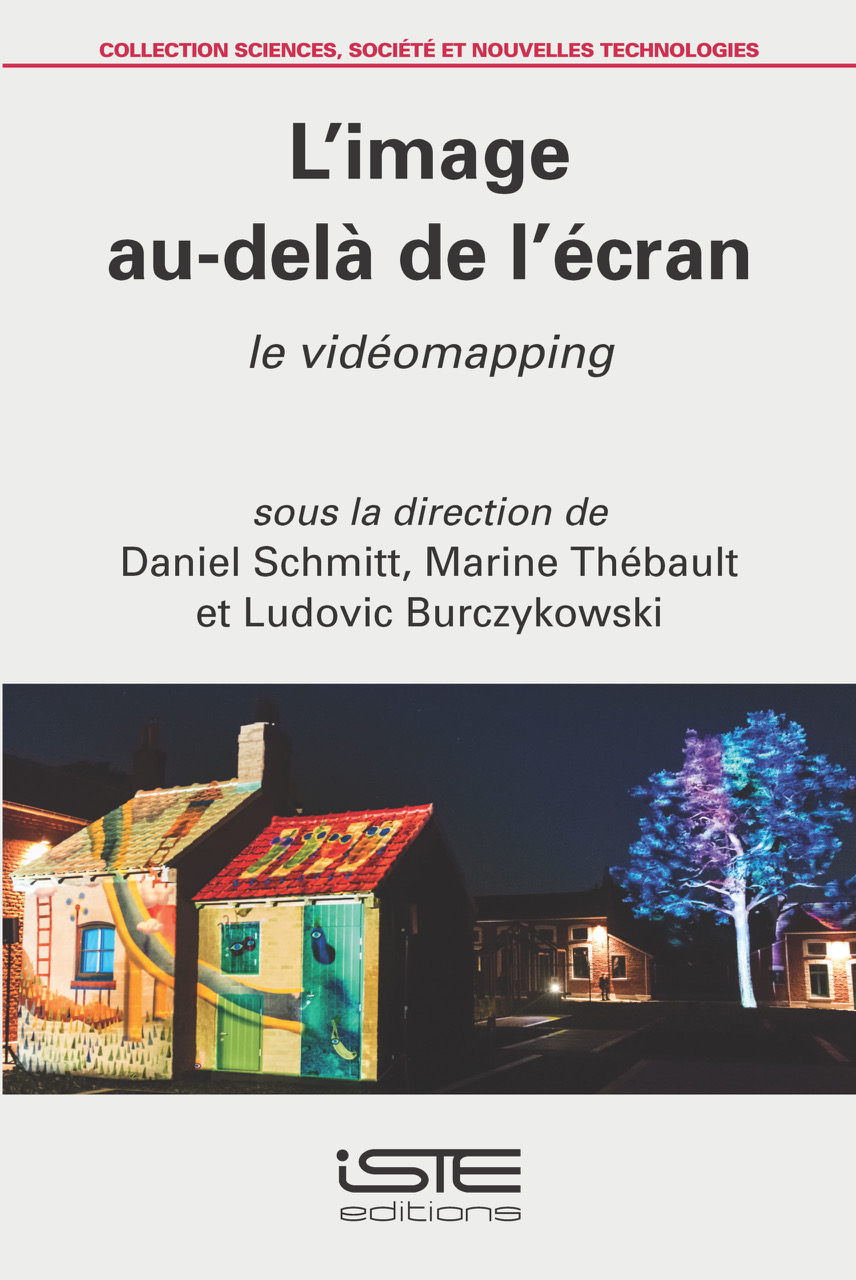- What is video mapping?
- Video mapping : what is it not?
- Words and dates
- Video mapping : when did it start and where ?
- What are the circumstances in which video mapping appears? Part.1
- What are the circumstances in which video mapping appears? Part.2
- The prehistory of video mapping
- Vjing
- Large-scale projection
- Large-scale projection around the year 2000
- Contemporary arts: the advent of the projector
- Site-specific arts: times and places
- Hans-Walter Müller: Volux and Topoprojections
- 2003: 3minutes² by Electronic Shadow
- The history of video mapping computer tools
- The history of video mapping computer tools. Part.2
- A history of institutionalisation…
- Yet another art form?
- Video mapping: a narrative
- Notes on artists
Words and dates
According to Google Trend:
By consulting Google Trend (a tool that indicates how often a term has been entered into the Google search engine and monitors its evolution over time), we can see that the expressions “video mapping” and “projection mapping” were already being used in January 2004, internationally. In France, today, these two expressions may be used — with a preference for “video mapping”. Indeed, “projection mapping” has been in use since at least March 2004, with “video mapping” appearing in April 2005. It is difficult to date the emergence of these expressions with certainty, since Google Trend does not cover years prior to 2004, but it seems that their use became more widespread from the mid-2000s.
According to mainstream media:
Mainstream media, in France, starts to refer to video mapping around 2000-2010. In May 2009, Le Monde evokes the new scenographic offerings of electronic music collectives at the Nuits Sonores in Lyon, especially the ‘3D envelope’ created by ANTIVJ around the DJ’s desk. A few months later, it praises the work of François Wunschel and Pier Schneider (1024 architecture) for concerts given by Etienne de Crécy. A year later, Libération publishes a review of the performance projected by the ANTIVJ label onto the walls of the Château des Ducs de Bretagne, as part of the Scopitone Festival (multimedia creation) at the European Heritage Days initiative. This shows that the idea of video mapping was initially popularised by the community established around electronic music, particularly keen on VJing and sophisticated light-based scenographies.
According to university research:
Video mapping becomes an object of study and theoretical reflection (in arts, or communication sciences) in the 2010s. In September 2011, Florian Girardot [link to https://www.floriangirardot.com] presents a dissertation entitled Pipeline de reation d’une œuvre en video mapping [Ndlt: Creative pipeline for a video mapping work] at the Paris 8 University, supervised by Marie-Hélène Tramus. In 2014, at the Sorbonne Nouvelle (Paris 3), Marlène Rautureau completes another Master’s dissertation supervised by Nicole Brenez, entitled Vidéo mapping : pratiques contemporaines d'un nouvel art élargi en France [Ndlt: Video mapping: contemporary practices of a new art expanded in France], while in Paris 8, Ludovic Burczykowki submits his first thesis on the topic, Par delà l’écran, dimension physique et espace numérique [Ndlt: Beyond the screen, physical dimension and digital space]. He is monitored by Maxime Thiébault, author of an applied arts thesis entitled Mapping vidéo: expérimentations vidéographiques, cartographie numérique du geste [Ndlt: Video mapping: videographic experiments, digital gesture mapping] (2017). Subsequently, a collective academic work on mapping, L’image au delà de l’écran [Ndlt: Image Beyond the Screen], was published in 2019 under the supervision of the DeVisu laboratory at the Polytechnique Hauts-de-France University: video mapping is now recognised by humanities and understood as an entirely separate medium, with specific characteristics — like an art ?

Ludovic Burczykowski, Marine Thébault and Daniel Schmitt (ed.), Image Beyond the Screen. Video Mapping, iste editions, 2019
The history of words (and speech) provides certain key indications about how we think of mapping and what forms around it, socially. But the history of words is not that of the things they refer to. From a retroactive perspective, what we have referred to as “video mapping” since the mid-2000s might well have existed before we described it in such terms — under the generic labels of Large-scale projection, Video Art, Site-Specific Art or VJing, for example. But when?
Read more: Video mapping: where did it start and when?
